DEEP-SEA BOTTOM TRAWLING IS KILLING OUR OCEANS
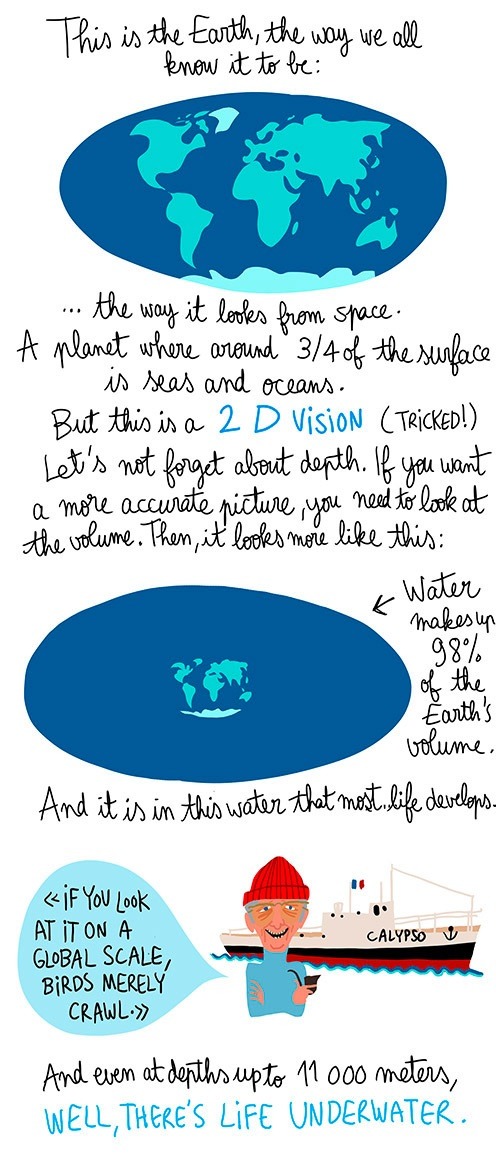








DEEP-SEA BOTTOM TRAWLING IS KILLING OUR OCEANS
Originally posted at Penelope Bagieu’s blog
More Posts from Llamaslikesciencetoo and Others
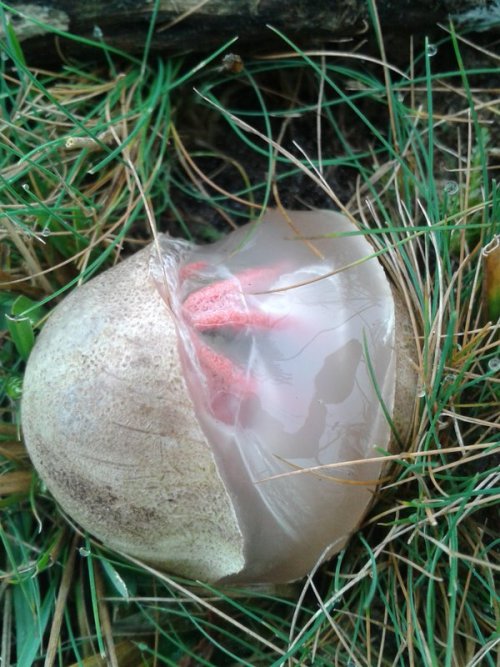
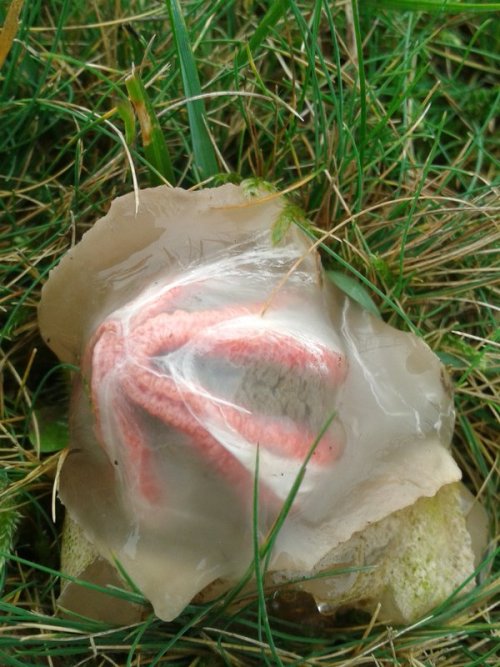
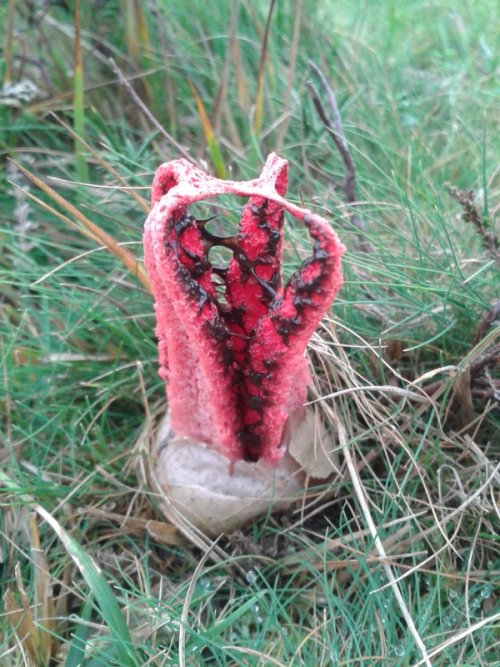
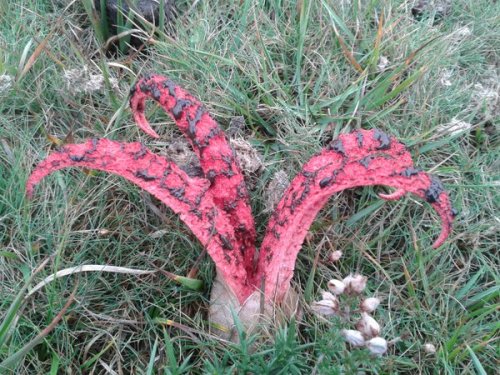
(image credit to Dan Hoare on twitter)
I ONLY JUST LEARNED ABOUT THE EXISTENCE OF THIS MUSHROOM????? WHICH ERUPTS FROM AN EGG BEFORE UNCURLING HELLISH ARMS, EXPOSING ITS STICKY MASS OF SPORES TO BE SPREAD BY FLIES ATTRACTED BY THE SCENT OF ROTTING FLESH???
Admittedly, I am easily won over by all organisms that attract flies with the scent of rotting flesh. But the octopus stinkhorn (Clathrus archeri) also has tentacles, a freaky egg stage, and blackish goop, so it’s my favorite now.
Killer whales are smart animals. This is what they do in their natural habitat:

Not this:

Octopus rubescens
San Mateo county CA June 2015 / FZ-200 /
hd button recommended

x

Humans might not be the only creatures that care about the welfare of other animals. Scientists are beginning to recognize a pattern in humpback whale behavior around the world, a seemingly intentional effort to rescue animals that are being hunted by killer whales.
Marine ecologist Robert Pitman observed a particularly dramatic example of this behavior back in 2009, while observing a pod of killer whales hunting a Weddell seal trapped on an ice floe off Antarctica. The orcas were able to successfully knock the seal off the ice, and just as they were closing in for the kill, a magnificent humpback whale suddenly rose up out of the water beneath the seal.
This was no mere accident. In order to better protect the seal, the whale placed it safely on its upturned belly to keep it out of the water. As the seal slipped down the whale’s side, the humpback appeared to use its flippers to carefully help the seal back aboard. Finally, when the coast was clear, the seal was able to safely swim off to another, more secure ice floe.
Read more
Read the study: Humpback whales interfering when mammal-eating killer whales attack other species: Mobbing behavior and interspecific altruism?

Climate change could kill 534,000 people in 2050
If you’ve ever needed a statistic to slap you in the face to make you give a damn about climate change, this is it: A new report from The Lancet estimates more than 500,000 adults could die in 2050, thanks to how climate change will kill crop productivity, altering the diets and available food all over the world.
Follow @the-future-now

The human brain in comparison with those of other animals. The diverse yet unified pattern of nature never fails to amaze me.


Ancient ‘otter bear’ may have popped clams off rocks like a bottle opener
By Sid Perkins
A creature that roamed the coasts of the Pacific Northwest about 20 million years ago may have had a feeding style like no other mammal, a new study suggests.
Kolponomos is known only from two bearlike skulls, jawbones, and some toe bones found a few decades ago, so scientists aren’t sure where it fits on the carnivore family tree or even what it really looked like (one artist’s idea is seen above).
Rather than having cheek teeth that could shear meat, as many carnivores do, Kolponomos’s molars were similar to the flattened, low-crowned teeth that otters use to crush their shelled prey—yet the creature lived long before anything similar to modern-day otters evolved.
Now, a new analysis using the same sort of computer software that engineers employ to analyze bridges and aircraft parts suggests that Kolponomos may have collected its shelly prey in a unique way…
(read more: Science Magazine/AAAS)
illustration by Roman Uchytel

Just some lesser known facts about octopuses you guys might like.

Microscopic tardigrades are also called water bears because of their tiny lil bear legs and tiny lil bear-like movements
-
 readytofthgsup liked this · 2 years ago
readytofthgsup liked this · 2 years ago -
 oceaninspiration reblogged this · 3 years ago
oceaninspiration reblogged this · 3 years ago -
 lucytherandomfurry liked this · 3 years ago
lucytherandomfurry liked this · 3 years ago -
 flamagenitus reblogged this · 4 years ago
flamagenitus reblogged this · 4 years ago -
 flamagenitus liked this · 4 years ago
flamagenitus liked this · 4 years ago -
 strawberrielove liked this · 4 years ago
strawberrielove liked this · 4 years ago -
 windwrinkle liked this · 4 years ago
windwrinkle liked this · 4 years ago -
 gilmotoongee liked this · 4 years ago
gilmotoongee liked this · 4 years ago -
 gilmotoongee reblogged this · 4 years ago
gilmotoongee reblogged this · 4 years ago -
 browneyedmergirl reblogged this · 4 years ago
browneyedmergirl reblogged this · 4 years ago -
 aplaceofpeace liked this · 4 years ago
aplaceofpeace liked this · 4 years ago -
 basttiebeast reblogged this · 4 years ago
basttiebeast reblogged this · 4 years ago -
 idle-rodent liked this · 4 years ago
idle-rodent liked this · 4 years ago -
 wilderrnestt liked this · 5 years ago
wilderrnestt liked this · 5 years ago -
 oct-iddy liked this · 5 years ago
oct-iddy liked this · 5 years ago -
 angelmyheart reblogged this · 5 years ago
angelmyheart reblogged this · 5 years ago -
 mossyfella liked this · 5 years ago
mossyfella liked this · 5 years ago -
 femme-rats reblogged this · 5 years ago
femme-rats reblogged this · 5 years ago -
 sunlitbones liked this · 5 years ago
sunlitbones liked this · 5 years ago -
 hy-not-hi liked this · 5 years ago
hy-not-hi liked this · 5 years ago -
 pfarrar reblogged this · 5 years ago
pfarrar reblogged this · 5 years ago -
 beloveddeerly liked this · 6 years ago
beloveddeerly liked this · 6 years ago -
 xxbatteri liked this · 6 years ago
xxbatteri liked this · 6 years ago -
 kintsugistudies reblogged this · 6 years ago
kintsugistudies reblogged this · 6 years ago -
 bookwormkat reblogged this · 6 years ago
bookwormkat reblogged this · 6 years ago -
 bookwormkat liked this · 6 years ago
bookwormkat liked this · 6 years ago -
 thesupercarrie liked this · 6 years ago
thesupercarrie liked this · 6 years ago -
 cookiethehappyunicorn liked this · 6 years ago
cookiethehappyunicorn liked this · 6 years ago -
 are-you-happy-yet-kiddo reblogged this · 6 years ago
are-you-happy-yet-kiddo reblogged this · 6 years ago -
 littlesuns97 liked this · 6 years ago
littlesuns97 liked this · 6 years ago -
 qu-ross liked this · 6 years ago
qu-ross liked this · 6 years ago -
 naina-ross liked this · 6 years ago
naina-ross liked this · 6 years ago
Mainly interested in ecology, but also the entirety of science.
179 posts